Autism Teaching Strategies
Effective Approaches to Supporting Autistic Learners

Understanding Autism in the Educational Contexts
Teaching children with autism requires a nuanced understanding of their unique needs, strengths, and challenges. Evidence-based strategies provide a solid foundation for creating supportive, inclusive learning environments that foster skill development and emotional well-being. This article explores core autism teaching strategies, social skills development, classroom management, and resources effective for educators and caregivers.
Core Autism Teaching Strategies and Approaches
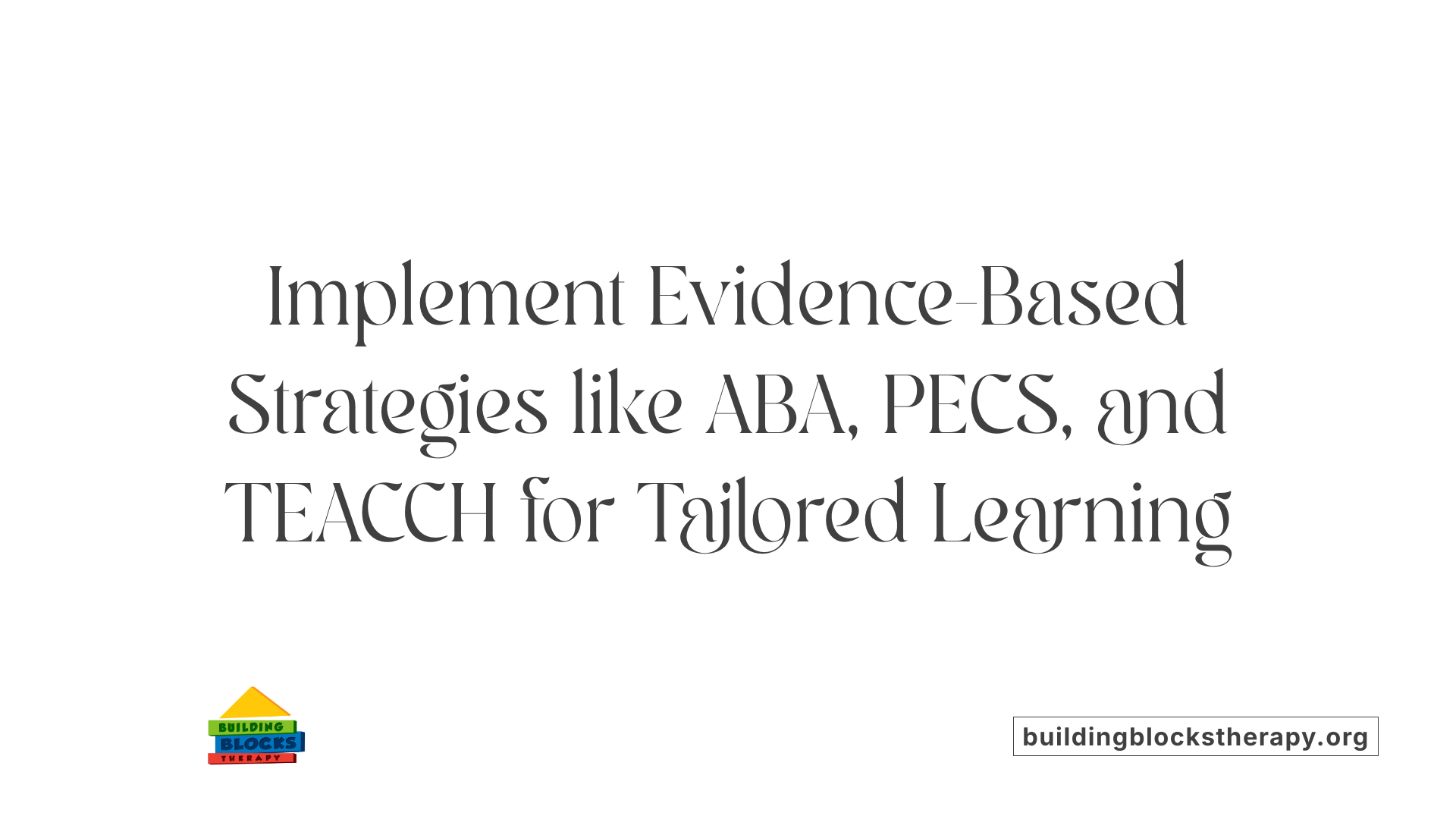
What are effective teaching strategies for children with autism?
Effective teaching approaches for children on the autism spectrum focus on creating structured, supportive, and adaptive learning environments. Visual supports such as picture schedules, social stories, and cue cards are fundamental. These tools help children understand daily routines, expectations, and social cues, promoting independence and reducing anxiety.
Establishing predictable routines and clear transitions is crucial. Using visual and verbal cues before switching activities helps children adapt smoothly, minimizing stress and behavioral challenges. Incorporating visual supports like timetables and transition warnings ensures children feel secure and prepared.
Personalized strategies, including using 'About Me' sheets, allow educators to learn about each child's preferences, needs, and fears. This information guides tailored support, especially considering sensory sensitivities, such as noise or tactile stimuli, which can be managed with sensory tools or designated calm spaces.
Promoting social skills involves inclusive activities like paired peer modeling, group work, and sharing time where children can present or discuss their interests. These activities foster friendships, empathy, and understanding within the classroom community.
Behavioral management methods, such as token systems, contingency maps, and functional behavioral assessments, provide positive reinforcement and structured responses to challenging behaviors. These techniques support behavioral modification while respecting the child's dignity.
Creating a calm, predictable classroom environment is essential. Organizing physical space with visual boundaries, minimizing distractions, and offering sensory-friendly areas help reduce overstimulation. Clear routines, consistent schedules, and advanced warnings about changes lay the foundation for a positive learning experience.
| Strategy Area | Specific Practice | Purpose |
|---|---|---|
| Visual Supports | Schedules, social stories, cues | Enhance understanding, independence |
| Routines and Transitions | Visual and verbal cues, advance warnings | Reduce anxiety and promote smooth changes |
| Individualized Support | About Me sheets, sensory considerations | Tailor approaches to each child's needs |
| Social Interaction | Peer pairing, group activities | Develop communication and social skills |
| Behavioral Supports | Token economies, functional assessments | Reinforce positive behaviors |
| Environment | Calm zones, organized spaces | Minimize overstimulation and support self-regulation |
By integrating these strategies, educators can build a nurturing environment that supports children with autism to thrive academically, socially, and emotionally.
Supporting Social Skills Development in Children with Autism
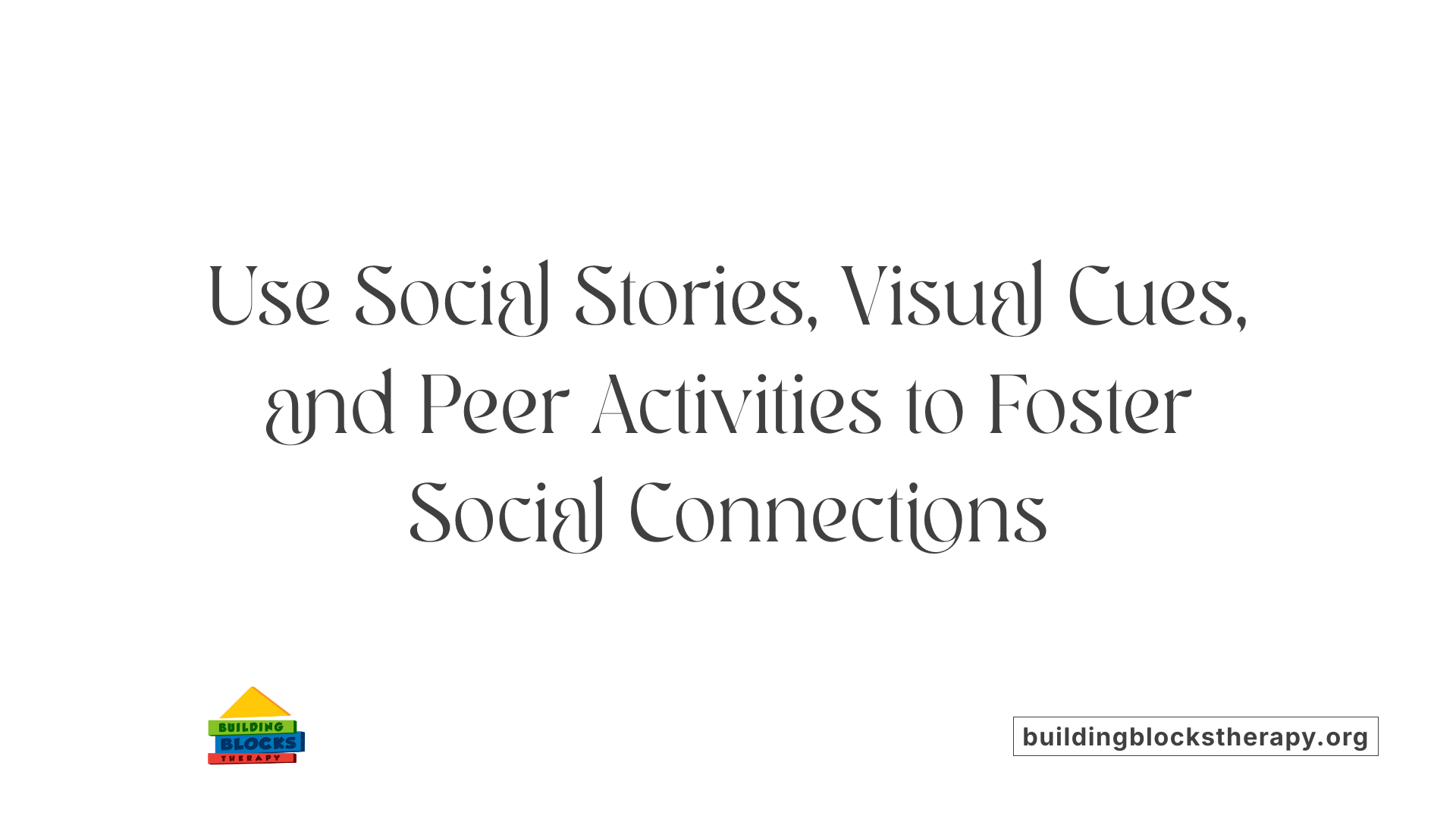
How can educators support social skills development in children with autism?
Educators play a vital role in fostering social skills in children with autism by integrating proven strategies and resources into daily practice. One effective approach involves using social stories and social skills card games, which help children understand social cues, appropriate interactions, and emotional recognition.
Visual supports further enhance social interaction. Tools like picture schedules, social narratives, and emotion cards make abstract concepts concrete, aiding children in understanding social expectations and recognizing feelings in themselves and others. These visuals can be incorporated into classroom routines to promote consistent and meaningful social exchanges.
Targeted curricula such as Social Thinking, PEERS, and Model Me Kids offer structured programs designed to teach social skills across various age groups. These programs include activities that promote perspective-taking, conversation skills, and peer relationships, making social learning engaging and accessible.
Assessment tools such as the Ages and Stages Questionnaires: Social-Emotional, Second Edition (ASQ:SE-2) and the Social Emotional Assessment Measure (SEAM™) help educators understand each child's current social abilities and set personalized goals. Regular use of these tools informs intervention plans and tracks progress over time.
Collaboration extends beyond the classroom. Working closely with families, therapists, and community organizations ensures a comprehensive support system. Sharing strategies, resources, and observations helps create a consistent environment where children can practice and generalize social skills across settings.
Incorporating these evidence-based practices, along with ongoing evaluation and community involvement, creates a supportive framework that nurtures meaningful social connections for children with autism, enriching their learning experience and enhancing their quality of life.
Best Practices for Teaching Children with Autism in Inclusive Classrooms
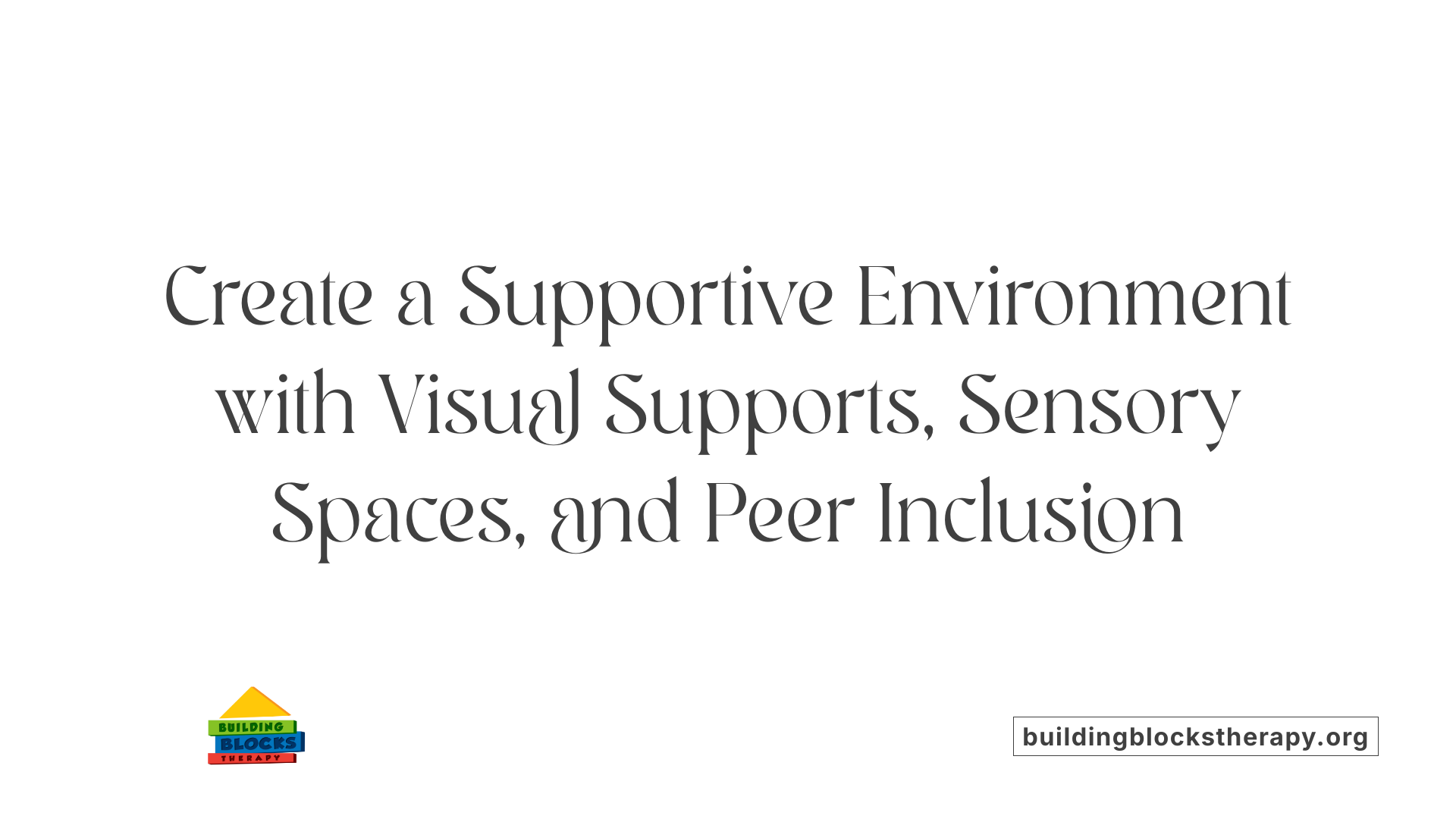
What are the best practices for teaching children with autism in inclusive classrooms?
Implementing effective teaching methods for children with autism requires a comprehensive approach that combines teacher training, tailored strategies, and supportive environments.
Professional development plays a crucial role. Teachers benefit from ongoing training focused on ASD-specific needs, evidence-based practices, and personalized interventions. Understanding how autism affects learning, behavior, and communication helps educators adapt their teaching techniques effectively.
A core component is the use of visual supports and schedules. Visual tools like picture schedules, social stories, and cue cards help children understand daily routines, expectations, and social cues. Using concrete language simplifies instructions, making it easier for students with autism to comprehend tasks and participate fully.
Creating sensory-friendly environments is vital. Managing noise levels, optimizing lighting, and minimizing strong odors help prevent overstimulation. Providing quiet, calming spaces and sensory tools such as fidget toys, noise-canceling headphones, and weighted blankets enables children to self-regulate and stay focused.
Fostering peer interactions and social inclusion activities encourages meaningful social skills development. Structured group activities, buddy systems, and guided social stories promote positive social experiences and friendships. Including children in collaborative projects and play helps integrate them into the classroom community.
Recognizing each child's individual communication style and needs ensures respectful and effective interactions. Some children might use alternative communication methods like PECs or echolalia. Supporting diverse communication preferences and avoiding forcing behaviors respects their sensory and behavioral boundaries.
Collaboration with families is essential. Regular communication about strategies, progress, and concerns aligns educational efforts with home environments. Teacher training should be continuous, with opportunities to learn new evidence-based strategies and adapt teaching practices over time.
In summary, successful inclusion hinges on understanding autism-specific traits, utilizing visual and sensory supports, promoting social engagement, and fostering strong family partnerships. These practices create a safe, supportive, and engaging learning environment for children with autism.
Evidence-Based Methods for Teaching Children with Autism
What are some evidence-based methods for teaching children with autism?
Teaching children with autism effectively involves the use of proven strategies that are supported by scientific research. Among the most respected approaches are Applied Behavior Analysis (ABA), TEACCH, PECS, and JASPER. These methods are designed to enhance communication, develop social skills, and reduce problematic behaviors.
Applied Behavior Analysis (ABA) is widely recognized for its structured, data-driven approach. It uses reinforcement techniques to encourage desirable behaviors and teach new skills. ABA involves breaking down tasks into small, manageable steps, providing clear prompts, and rewarding progress.
TEACCH (Treatment and Education of Autistic and Communication-related handicapped Children) emphasizes organization, visual supports, and the physical structure of the environment. It aims to create predictable routines that help reduce anxiety and promote independence.
The Picture Exchange Communication System (PECS) employs visual aids and pictures to support language development and functional communication, especially helpful for non-verbal children. It encourages these children to initiate communication by exchanging pictures for desired objects or activities.
JASPER (jesting and play based intervention) integrates play and naturalistic teaching methods focused on improving imitation, joint attention, and social interaction. It encourages teaching within the child's natural environment, fostering skills that generalize across settings.
Implementing these interventions requires careful planning, with strategies like visual supports, social stories, and video modeling complementing the core methods. Consistent data collection helps monitor progress and adjust interventions over time.
Ongoing professional development ensures educators and therapists remain updates on best practices, helping translate research findings into effective teaching. Using a mix of these evidence-based practices allows for personalized, thoughtful support that caters to each child's unique needs.
Ultimately, combining multiple approaches and maintaining fidelity to proven strategies can significantly enhance learning outcomes and promote meaningful development for children with autism in educational environments.
Resources and Tools for Social and Behavioral Support
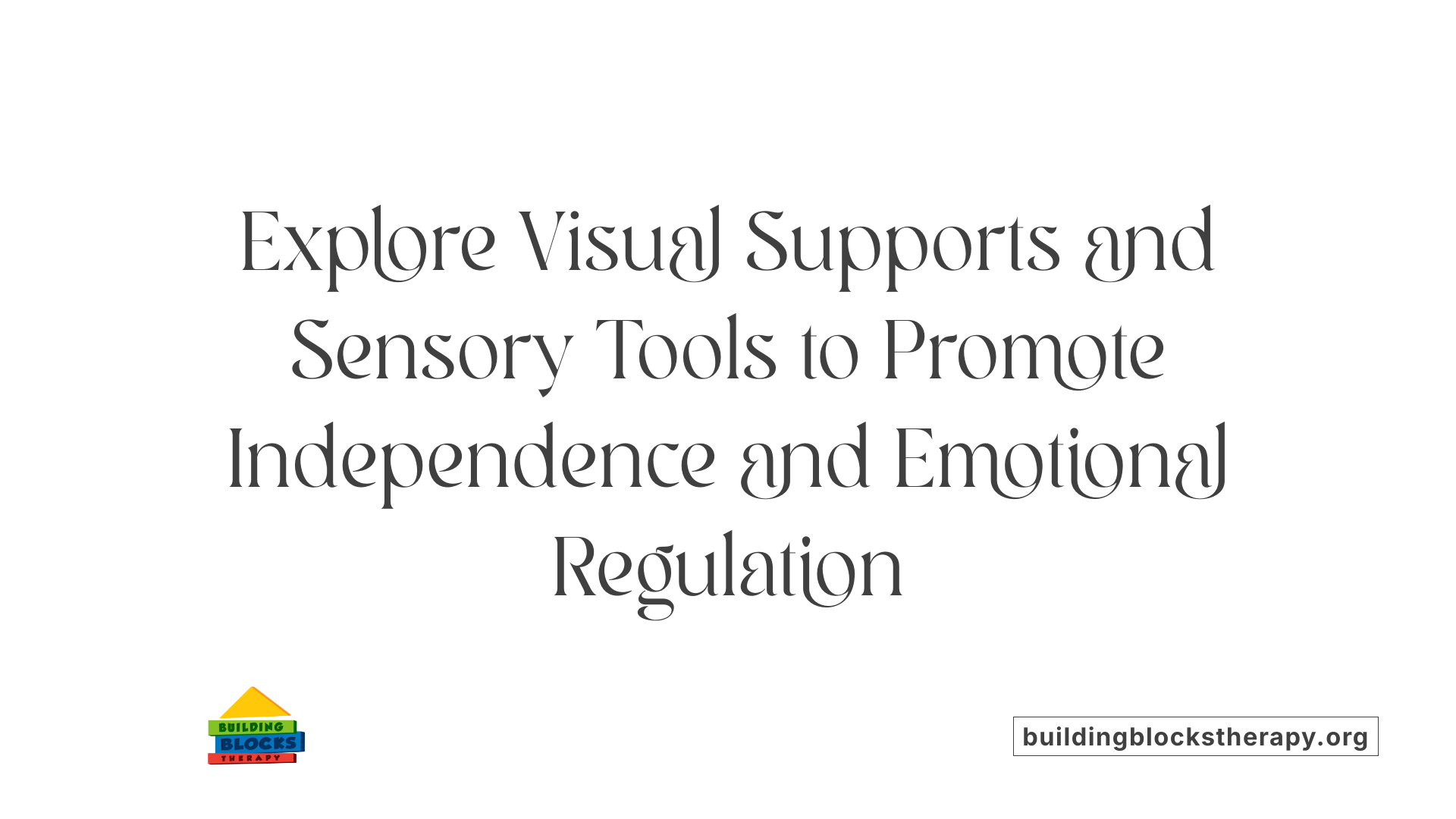
What resources and tools are available for supporting social and behavioral development in children with autism?
Children with autism benefit from a variety of specialized resources and tools that aid their social and emotional growth. Visual supports, such as schedules, rules, and social narratives, help children understand routines, expectations, and social cues. These visual aids make learning more concrete and accessible, reducing anxiety and promoting independence.
Social stories are another effective resource. They are short, personalized stories that teach children about various social situations, helping them navigate interactions and develop empathy. Communication devices, including picture exchange systems and speech-generating devices, support expressive language and ease social exchanges.
Curriculum guides tailored for autism education provide structured frameworks for teaching social skills, emotion regulation, and behavioral management. Many organizations also produce digital and print materials, such as social skills games, sensory stories, and activity sheets, which are designed to promote engagement and facilitate learning through play.
Technology tools, like specialized apps and milestone trackers, assist caregivers and educators in monitoring a child's progress. These tools enable data collection on behavior, skills acquisition, and social development, guiding targeted interventions. Additionally, online curricula and evidence-based programs, like the TEACCH method and ABA-based strategies, offer comprehensive approaches to support children in various environments.
In summary, a diverse array of resources—from visual supports to digital trackers—exists to help children with autism improve their social skills, manage emotions, and build meaningful relationships, ensuring they receive the tailored support they need to thrive.
Structured Teaching Techniques and Classroom Management
What are some structured teaching techniques used in autism education?
Structured teaching approaches are designed to create predictable, organized classroom environments that support children with autism. One of the foundational techniques involves the physical organization of the space. Classrooms are arranged with clear boundaries, designated work areas, and organized materials to minimize distractions and provide a sense of physical security.
Visual supports are central to these strategies. Visual schedules, which depict daily activities using pictures, icons, or words, help children anticipate what comes next. Visual cues such as signs, labels, and color-coded items further aid understanding and clarify expectations.
Another key element is the implementation of structured work systems. These systems clearly inform students about what tasks are expected, track progress, and show when a task is completed. This structure fosters independence and reduces anxiety around learning activities.
Consistency is vital. Teachers establish routines that are followed daily, with explicit instructions and visual prompts to ensure students understand what is expected. This predictability helps children with autism feel secure and more willing to engage in classroom activities.
Finally, visual cues like color coding, labels, and visual prompts support students’ understanding of classroom rules, transitions, and steps within activities. These strategies collectively create an environment conducive to learning, social interaction, and behavior management for students with autism.
Teachers’ Teaching Methods for Students with Autism
How do teachers typically teach students with autism?
Teachers often adopt a variety of tailored strategies to effectively support students with autism. Central to their approach is creating a structured and predictable classroom environment that minimizes stress and promotes independence. They use visual supports, such as schedules and social narratives, to help students understand daily routines and upcoming activities. These visual tools serve as clear and consistent cues, reducing anxiety and supporting task completion.
In addition, positive reinforcement plays a vital role. Teachers provide descriptive praise and utilize reward systems to motivate learners and reinforce positive behaviors. Modeling appropriate behaviors and social cues is also fundamental, as children with autism often learn best through imitation. Teachers may use simple, concrete language and first-then instructions to facilitate understanding.
Understanding each child's unique needs, interests, and sensitivities is crucial. Teachers often collaborate with families and special education teams to develop individualized plans. This helps address sensory sensitivities and behavioral challenges proactively.
Supporting social interactions and fostering peer relationships are emphasized through small group activities, peer modeling, and inclusive classroom practices. Incorporating activities like social stories or role-playing can enhance empathy and social skills.
When behavioral challenges arise, teachers implement individualized behavior plans grounded in evidence-based practices like applied behavior analysis (ABA). These strategies focus on reducing triggers, teaching alternative behaviors, and providing consistent consequences.
Overall, effective teaching for students with autism combines patience, respect, and a variety of tailored techniques designed to meet each child's specific developmental needs. This inclusive approach helps students not only learn academic content but also develop social and emotional skills crucial for their growth.
Understanding the TEACCH Approach to Autism Teaching
What is the TEACCH approach to autism teaching?
The TEACCH approach to autism teaching is a structured, evidence-based method developed at the University of North Carolina. It emphasizes visual supports, environmental organization, and personalized routines to meet each child's unique learning needs.
Central to TEACCH is "Structured Teaching," which incorporates strategies such as physical structuring of classroom spaces, visual schedules, work systems, and routines that help children understand what to expect and how to perform tasks. These tools are designed to improve communication, social skills, and independence.
Recognizing that many autistic individuals process visual information more effectively, TEACCH uses visual cues like to-do lists, social stories, and step-by-step task sequences. These cues help reduce anxiety and promote understanding.
The program provides training and resources for educators and parents alike. This consistency in application across school and home environments supports continuous development and skill mastery.
The overall goal of TEACCH is to create predictable and supportive settings that foster learning, decrease stress, and help individuals with autism become as independent as possible.
Supporting Emotional Regulation and Building Self-Efficacy
How do teachers support emotional regulation in children with autism?
Supporting emotional regulation in children with autism involves a combination of structured routines, calming activities, and safe spaces within the classroom environment. Teachers create predictability by establishing daily routines and visual schedules, which help children anticipate what will happen next and reduce anxiety.
Calming techniques play a crucial role. These include mindfulness exercises, deep breathing, grounding activities, and the use of visual emotion cards to help children identify and express their feelings. Incorporating designated calm-down corners or sensory spaces equipped with tools such as stress balls, fidget toys, or weighted blankets provides children with a physical safe zone where they can self-regulate.
Consistent routines and regular breaks are instrumental in fostering a sense of safety. Teachers also teach children to recognize emotional cues through explicit instruction and provide outlets for emotional expression in a safe way, such as drawing or using social stories.
Collaborating with families and mental health professionals ensures these strategies are reinforced across different environments, promoting consistency and effectiveness. Such proactive approaches help children develop self-awareness, manage emotional responses better, and build confidence in their ability to regulate feelings—an essential step toward increased self-efficacy and positive social interactions.
Implementing these supportive measures not only helps children manage their emotions but also encourages independence and resilience, laying a foundation for healthier social and emotional development.
Using Resources and Activities to Foster Engagement and Learning
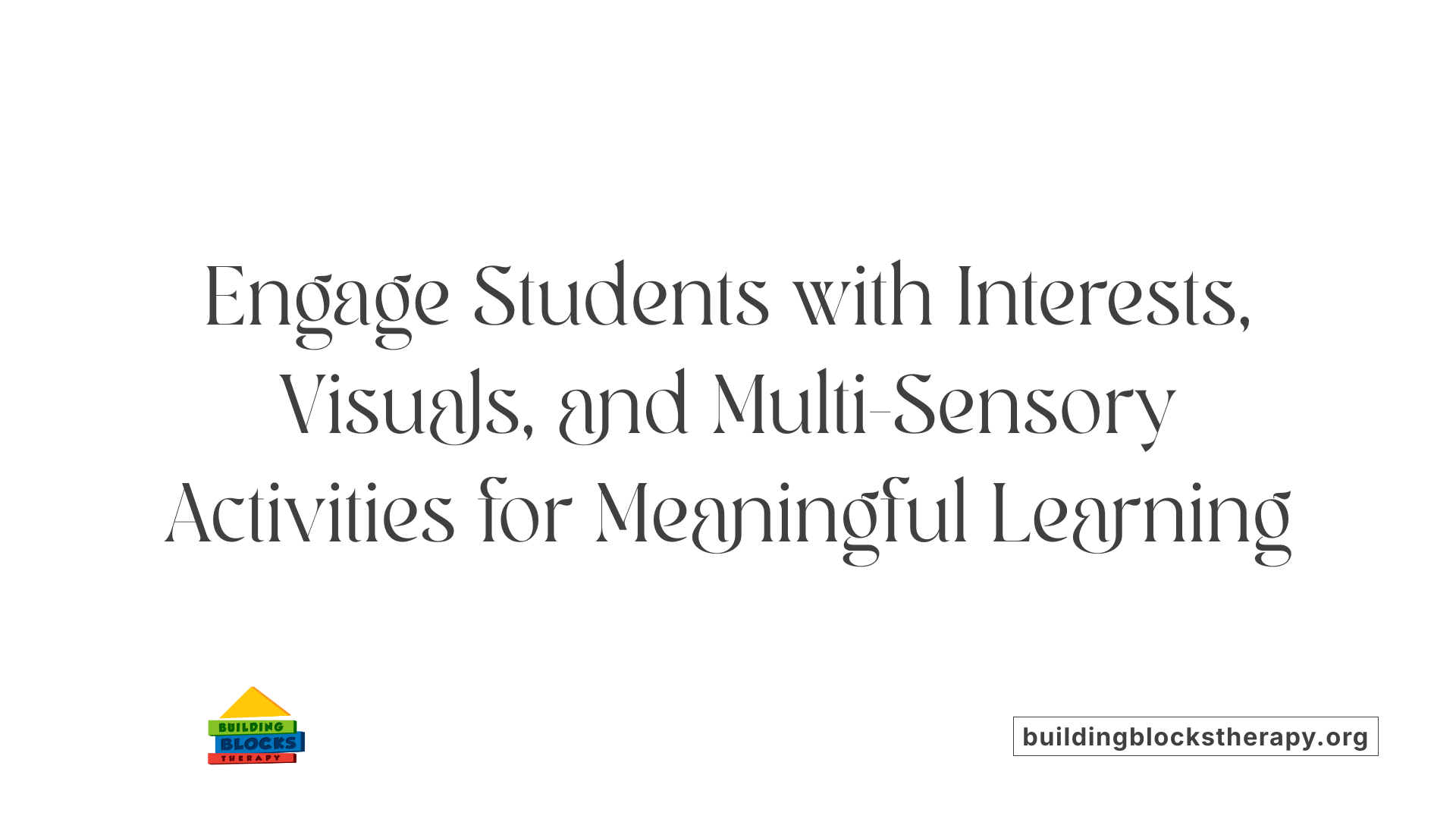
How can activities and resources support engagement and learning in children with autism?
Engaging children with autism requires thoughtful use of activities and resources that resonate with their interests, sensory preferences, and developmental goals. Incorporating their special interests—such as favorite characters from movies, hobbies, or themes—into lessons can make learning more captivating and meaningful. For example, themed activities around popular movies or specific hobbies can motivate children to participate actively.
Visual learning aids are highly effective. Tools like picture schedules, social stories, and pictographs help children understand routines, expectations, and social cues. These supports not only clarify instructions but also reduce anxiety by providing visual cues about what comes next.
To accommodate diverse learning styles and sensory needs, multi-modal activities are invaluable. Sensory bins filled with textured materials, arts and crafts projects, and movement-based games engage multiple senses and promote active exploration. These activities foster creativity, improve focus, and help children develop social skills through shared experiences.
Play-based learning is another essential approach. Dramatic and pretend play, toy play, and sensory activities create opportunities for children to practice social interactions, imagination, and communication in a natural, enjoyable manner. Incorporating physical games and arts also supports motor skills and emotional regulation.
A variety of engaging materials, such as social stories, physical games, and visual supports, drive motivation and skill development. These resources help make learning accessible and enjoyable, fostering an inclusive classroom environment that emphasizes joy and participation.
| Resource Type | Use Case | Benefit |
|---|---|---|
| Social stories | Explain social situations and routines | Enhance understanding and reduce anxiety |
| Visual schedules | Outline daily routines and tasks | Promote independence and predictability |
| Sensory bins | Incorporate textures and tactile exploration | Support sensory regulation and focus |
| Arts and crafts | Foster creativity and fine motor skills | Encourage self-expression and engagement |
| Movement games | Incorporate physical activity, coordination, and fun | Improve motor skills and social interaction |
By using these diverse activities and resources thoughtfully, educators can create a stimulating, supportive, and joyful learning environment that celebrates each child's unique strengths and interests. This approach not only fosters academic growth but also enhances social skills and emotional well-being.
Building an Inclusive, Supportive Learning Environment
Implementing these evidence-based strategies, supported by appropriate resources and a compassionate understanding of each child's needs, can significantly enhance the educational experience for children with autism. Promoting social skills, reducing sensory overload, and fostering independence are central to effective autism teaching. Ongoing professional development and collaboration with families further ensure that educational practices remain responsive and inclusive, ultimately empowering autistic learners to thrive both academically and socially.
References
- Autism Teaching Strategies - Social Skills Activities for Children with ...
- Autism in the classroom: Strategies for success
- 4 Best Teaching Strategies for Students with Autism
- 9 Best Autism Teaching Strategies
- Autism Instructional Strategies - Education Service Center, Region 20
- Effective Classroom Strategies for Teaching Students with Autism
- Structured Teaching Strategies for Students on the Autism Spectrum
- 24 Classroom Activities for Kids with Autism | Waterford.org






